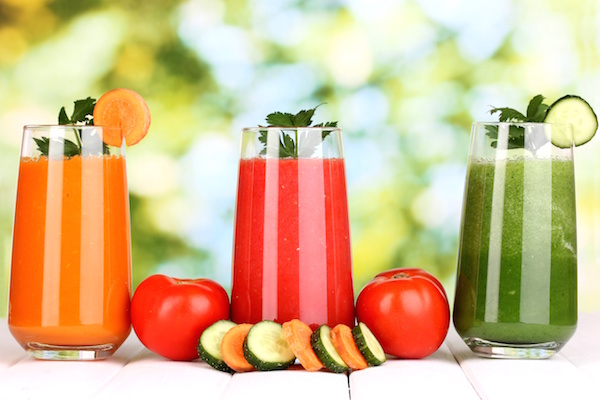
SUNDAY, Feb. 13 (HealthDay News) — People who eat foods rich in antioxidants called flavonoids, especially berries, may be protecting themselves from developing Parkinson’s disease, a new study suggests.
In addition to berries, flavonoids are found in a variety of foods such as apples, chocolate, and citrus fruits. These compounds have been touted as protective against some diseases because of their antioxidant effects, researchers say.
However, not all flavonoids are created equal. Only those known as anthocyanins, found in berries and other red/purplish fruits and vegetables, protected both men and women, according to the results of this study, which was funded by the U.S. National Institutes of Health.
“Although it’s too early to say that eating berries can reduce Parkinson’s disease risk, benefits of berries have been reported in several previous studies, for example, lowering risk of hypertension,” said lead researcher Dr. Xiang Gao, an instructor in medicine at Harvard Medical School. “So it is good, at least [doing] no harm, if we can have 2-3 cups of berries a week,” he said.
“When we combined all individual flavonoids together, total flavonoid intake was also associated with a significantly lower Parkinson’s disease risk in men — but not in women,” Gao noted. Only anthocyanins seemed protective for both sexes.
The results of the study are scheduled to be presented in April at the American Academy of Neurology’s annual meeting in Honolulu.
For the study, Gao’s team collected data on over 49,000 men who took part in the Health Professionals Follow-up Study and more than 80,000 women from the Nurses’ Health Study.
Participants filled out detailed questionnaires about their diets. Using that information, the researchers calculated the amount of flavonoids people consumed. In addition, they also looked at the consumption of tea, berries, apples, red wine and oranges and orange juice.
Over 22 years of follow-up, 805 people developed Parkinson’s disease. Among men, those who consumed the most flavonoids were 40 percent less likely to develop the neurodegenerative illness compared with men who consumed the least amount of flavonoids, the researchers found.
However, among women, there wasn’t any relationship between total flavonoid intake and the risk of developing Parkinson’s, Gao’s group notes.
However, the subset of flavonoids known as anthocyanins — found in berries — were associated with a lower risk of Parkinson’s in both men and women.
“If our observations are confirmed, it suggests that anthocyanins, or berries, could be a potential neuroprotective agent against Parkinson’s disease risk,” Gao said.
Commenting on the study, Parkinson’s expert Dr. Carlos Singer, a professor of neurology at the University of Miami’s Miller School of Medicine, said that “this probably has to do with an antioxidant effect.”
“A lot of the mechanisms in Parkinson’s boil down to how the nerve cells handle oxidative stress,” he said. “Many of the mechanism that are being looked at in Parkinson’s have to do with how do you make the cell work better in terms of oxidative stress.”
Flavonoids may be bolstering the ability of nerve cells to handle oxidative stress, Singer said.
This study shows an association between flavonoids and a lower risk for Parkinson’s, but not a cause-and-effect relationship, he noted.
While the cause of Parkinson’s disease isn’t known, it appears to have both a genetic and an environmental component, Singer said.
If someone is genetically predisposed to the disease and is also exposed to an environmental trigger, the difference between developing Parkinson’s or not could potentially depend the amount of flavonoids in the diet, he speculated.
More information
For more information on Parkinson’s disease, visit the U.S. National Institute of Neurological Disorders and Stroke.

